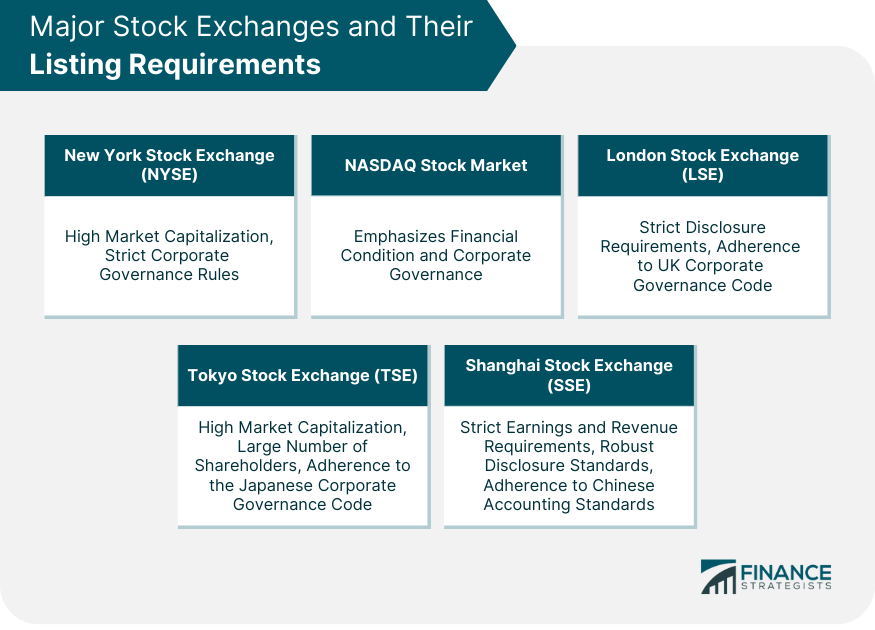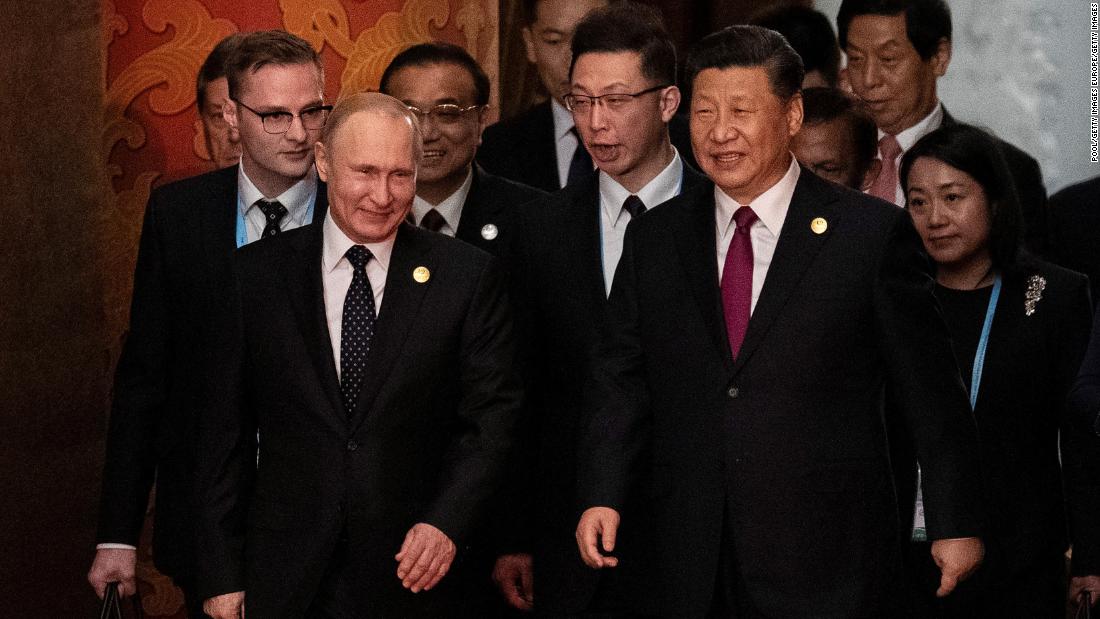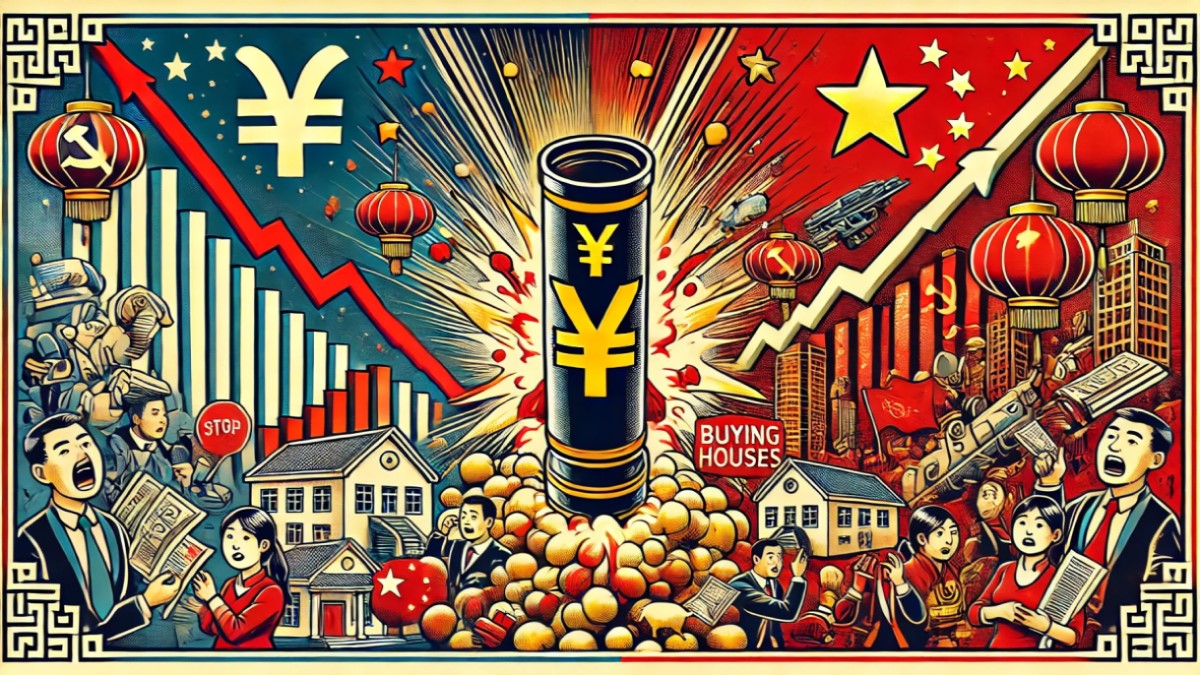The STAR Market, China’s Nasdaq-style board, is proving its mettle. We’re now seeing a remarkable trend: companies initially listed under the ‘fifth listing standard’ – those previously unprofitable – are turning a profit and shedding their ‘U’ (for unprofitable) designation. The number of these turnaround stories has climbed to nine, a powerful testament to the efficacy of this innovative approach.

Photo source:www.financestrategists.com
Let’s be clear: this isn’t just about numbers. The fifth standard, prioritizing market cap and R&D spending over immediate profitability, was a game-changer. It bravely allowed genuinely innovative, hard-tech companies – often burdened by massive R&D costs and long development cycles – to access public markets.
As Dong Zhongyun, Chief Economist at Zhonghang Securities, aptly put it, this standard wasn’t a handout, but a strategic alignment with how tech companies actually grow. It’s about injecting vital capital to break through technological barriers and attracting patient, long-term investment.
Knowledge Point – The Significance of the Fifth Listing Standard:
The fifth listing standard represents a fundamental shift in China’s capital markets.
Traditionally, profit was the paramount concern for IPO eligibility.
This new rule acknowledges that disruptive innovation frequently demands substantial upfront investment.
It allows companies to raise funds before achieving profitability, enabling continued research and development.
This fuels technological advancement and accelerates the transition to a high-tech economy.
This move isn’t just a win for individual companies; it’s a deliberate push to reshape the nation’s economic landscape. By fostering capital-tech synergy, we are seeing a clear acceleration of China’s economic upgrade and structural optimization – a move towards higher value-added manufacturing and sustainable growth. This is a bold and necessary step, and frankly, it’s about time!






